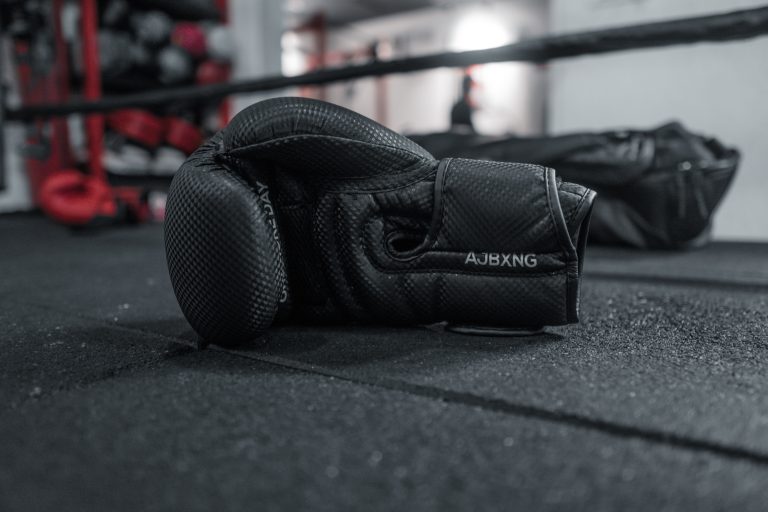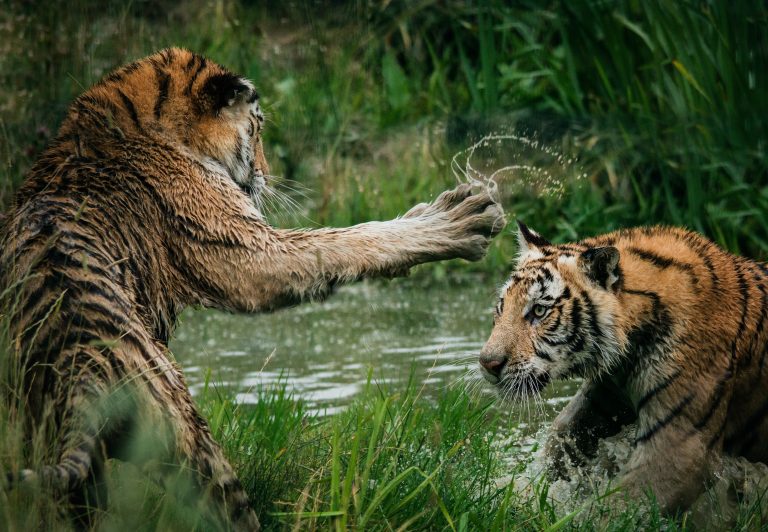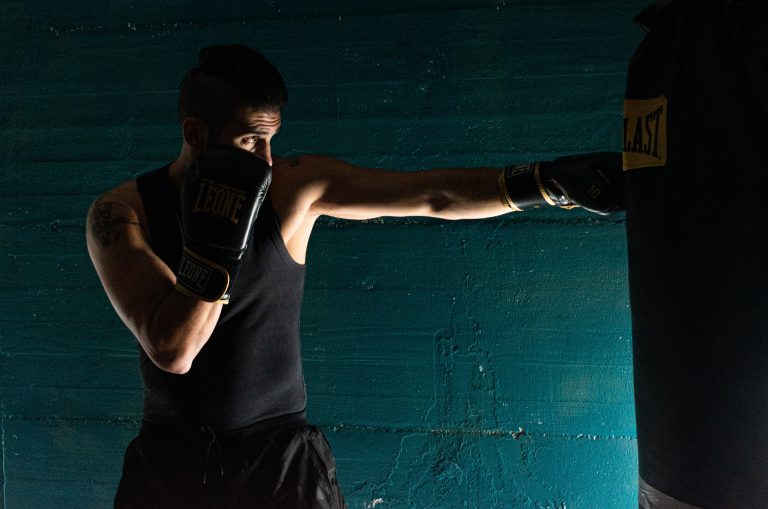Karate – The four pillars of the training
Karate is a martial art that originated in Japan and is now practiced around the world. It is a form of self-defense that focuses on strikes, kicks, and blocks. Karate training is not just about physical exercise, but also about mental discipline and spiritual development. In this article, we will discuss the four pillars of Karate training.
Pillar 1: Kihon (Basics)
The first pillar of Karate training is Kihon, which means basics in Japanese. It includes the fundamental techniques of Karate, such as punches, kicks, blocks, and stances. These techniques are practiced repeatedly until they become second nature to the practitioner. The purpose of Kihon is to develop the foundation for all advanced techniques and to reinforce proper form, balance, and coordination.
Pillar 2: Kata (Forms)
The second pillar of Karate training is Kata, which means forms in Japanese. Kata is a series of prearranged movements that simulate a self-defense situation against one or more imaginary attackers. Each Kata has a set number of techniques performed in a specific order. Kata practice is essential for developing proper breathing, timing, and rhythm, as well as the ability to visualize an opponent’s movements.
Pillar 3: Kumite (Sparring)
The third pillar of Karate training is Kumite, which means sparring in Japanese. Kumite is the practice of Karate techniques against a sparring partner. It is designed to test and improve a practitioner’s timing, distance, and reaction time. Kumite can be performed with a partner using protective gear or as full-contact fighting in tournaments.
Pillar 4: Philosophy
The fourth and final pillar of Karate training is philosophy. The philosophy of Karate emphasizes the development of character, discipline, and humility. It teaches practitioners to respect others, to act with integrity, and to strive for self-improvement. The philosophy of Karate also includes principles such as perseverance, self-control, and non-violence.
In conclusion, Karate training is based on four pillars: Kihon, Kata, Kumite, and philosophy. Each of these pillars is essential for developing a well-rounded Karate practitioner. By focusing on these pillars, practitioners can not only improve their physical fitness but also develop their emotional and mental well-being. Karate is more than just a martial art; it is a way of life.
Karate – The Four Pillars of Training: Frequently Asked Questions
Karate is a martial art that has been practiced for centuries. It is not only a great form of exercise but also teaches self-defense, discipline and self-confidence. The four pillars of Karate training are an essential part of the practice. In this blog post, we will answer some of the most frequently asked questions about these four pillars.
1. What are the four pillars of Karate?
The four pillars of Karate are Kihon, Kata, Kumite, and Kime.
– Kihon: Kihon is the foundation of Karate. It consists of basic techniques such as punches, kicks, and blocks. Kihon also includes stances, footwork, and breathing. These basic techniques help to develop strength, balance, and rhythm.
– Kata: Kata is a sequence of movements that simulates a fight against imaginary opponents. There are many different Kata in Karate, each with its own name and specific techniques. Kata helps to develop coordination, timing, and rhythm.
– Kumite: Kumite is sparring or fighting against an opponent. In Karate, Kumite is practiced in a controlled environment with protective gear. Kumite helps to develop speed, timing, and reflexes.
– Kime: Kime is the focus or concentration of power during a technique. It involves tightening the muscles at the point of impact to maximize power. Kime helps to develop strength and control.
2. Why are the four pillars important in Karate?
The four pillars of Karate are important because they help to develop a complete martial artist. Kihon, Kata, Kumite, and Kime work together to develop physical fitness, mental focus, and self-discipline. The practice of these four pillars helps to develop balance, coordination, strength, and flexibility.
3. What is the importance of Kihon in Karate?
Kihon is the foundation of Karate. It is important because it teaches the basic techniques needed for self-defense. Kihon develops strength, balance, and rhythm. Mastering the basic techniques of Karate is essential before moving on to more advanced techniques.
4. What is the importance of Kata in Karate?
Kata is important because it teaches the student how to apply basic techniques in a simulated fighting situation. Kata helps to develop coordination, timing, and rhythm. Kata also helps to develop mental focus and self-discipline.
5. What is the importance of Kumite in Karate?
Kumite is important because it teaches the student how to apply techniques in a realistic fighting situation against an opponent. Kumite helps to develop speed, timing, and reflexes. Kumite also helps to develop mental focus and self-discipline.
6. What is the importance of Kime in Karate?
Kime is important because it teaches the student how to focus their power and energy during a technique. Kime helps to develop strength and control. Kime also helps to develop mental focus and self-discipline.
7. How can I improve my Karate skills?
To improve your Karate skills, it is important to practice the four pillars regularly. Consistent practice will help to develop physical fitness, mental focus, and self-discipline. It is also important to seek out a qualified Karate instructor who can provide guidance and feedback. Attending seminars and workshops can also be beneficial to improving your skills.
8. What are some common misconceptions about Karate?
Some common misconceptions about Karate include:
– Karate is only for self-defense: While self-defense is a major component of Karate, it is also a form of exercise and self-improvement.
– Karate is only for young people: Karate can be practiced by people of all ages. Many Karate practitioners continue to train well into their senior years.
– Karate is only for men: Karate can be practiced by both men and women. Many women have achieved high rankings in Karate.
Conclusion
The four pillars of Karate are Kihon, Kata, Kumite, and Kime. All four pillars are important in developing a complete martial artist. Kihon is the foundation of Karate, Kata teaches the application of basic techniques, Kumite teaches fighting skills, and Kime teaches how to focus power and energy. Practicing these four pillars regularly will help to improve physical fitness, mental focus, and self-discipline.
Inhaltsverzeichnis






